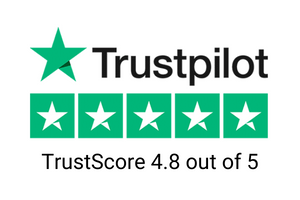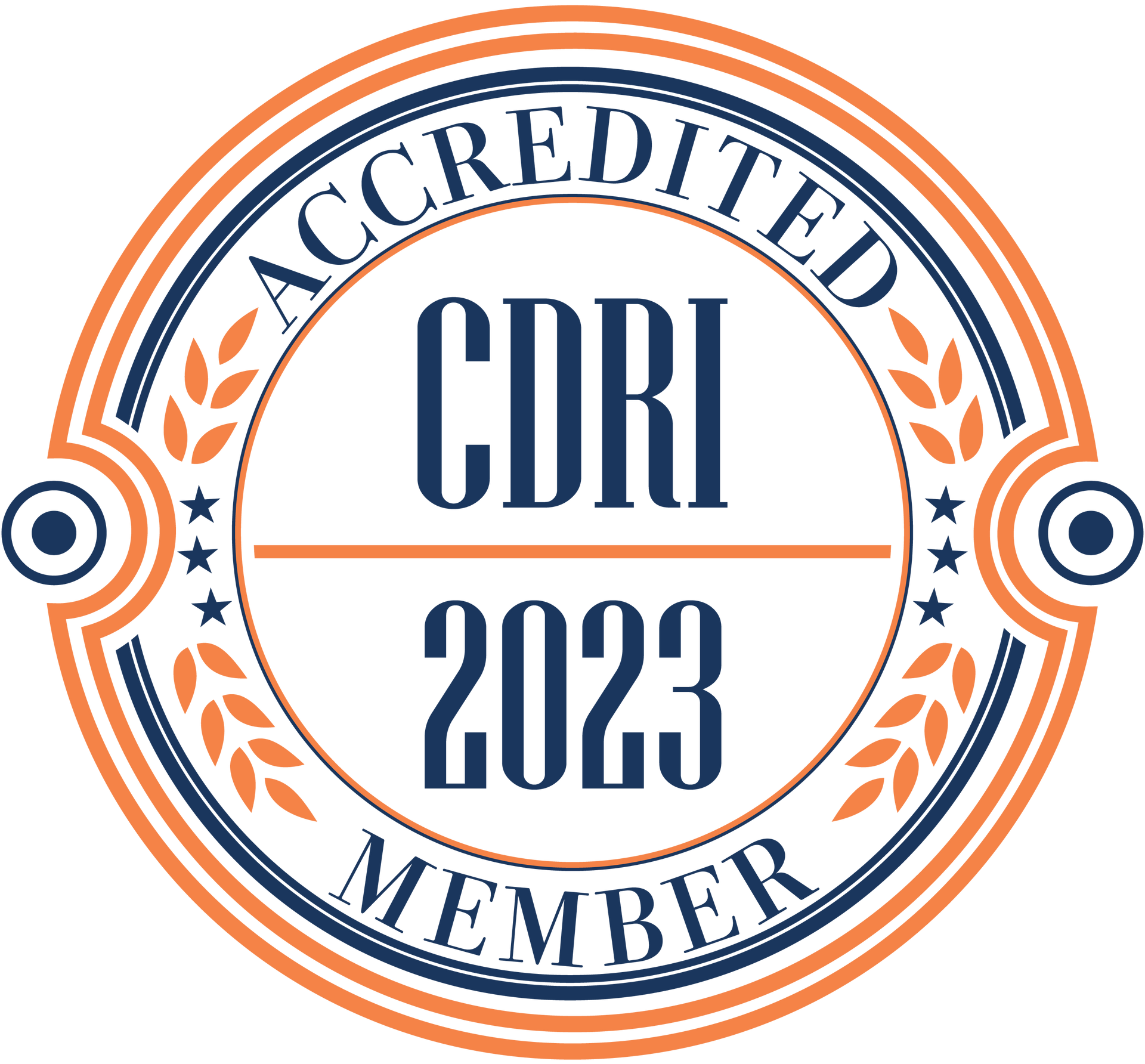Minimum Payments
The minimum payment keeps your account in good shape but adds interest and makes repayment take longer. However, Pacific Debt Relief offers a solution that can reduce your credit cad debt by up to half!
Minimum Payments
The minimum payment keeps your account in good shape but adds interest and makes repayment take longer. However, Pacific Debt Relief offers a solution that can reduce your credit cad debt by up to half!
Should You Stick to the Minimum Payment?
The “minimum payment due” has largely replaced the full balance as the standard monthly contribution for credit cards, loans, and mortgages. Lenders benefit by allowing balances to grow, with interest accruing on both the balance and prior interest.
If you'd rather speak to a debt specialist right away, get a free consultation today!
BBB Accredited Business A+ Rating
ButtonBBB Accredited Business A+ Rating
ButtonBBB Reviews | 4.9/5.0 Rating
- Reduce your credit card debt by up to half
- A+ BBB rating & no upfront fees
- 20 years of experience
or Talk to a Certified Debt Consultant
833-865-2028
Should You Stick to the Minimum Payment?
The “minimum payment due” has largely replaced the full balance as the standard monthly contribution for credit cards, loans, and mortgages. Lenders benefit by allowing balances to grow, with interest accruing on both the balance and prior interest.
If you'd rather speak to a debt specialist right away, get a
free consultation today!
BBB Accredited Business A+ Rating
ButtonBBB Accredited Business A+ Rating
ButtonBBB Reviews | 4.9/5.0 Rating
- Reduce your credit card debt by up to half
- A+ BBB rating & no upfront fees
- 20 years of experience
or Talk to a Certified Debt Consultant
833-865-2028
Downsides of Paying Minimum Payments on Credit Cards
For all intents and purposes, the “minimum payment due” has replaced the “balance” as the expected contribution for most credit cards, loans, and mortgage bill payments each month. It’s in the best interest of the lender to require a small payment from the borrower so that the balance grows incrementally each month even if no additional purchases are made. Interest charges are assessed each month not only on the balance but also on the interest from previous months.
Downsides of Paying Minimum Payments on Credit Cards
For all intents and purposes, the “minimum payment due” has replaced the “balance” as the expected contribution for most credit cards, loans, and mortgage bill payments each month. It’s in the best interest of the lender to require a small payment from the borrower so that the balance grows incrementally each month even if no additional purchases are made. Interest charges are assessed each month not only on the balance but also on the interest from previous months.
Paying More Than You Borrowed
The Federal Trade Commission (FTC) provides a number of resources on the effects of paying just the minimum amount on each of your bills, including this informative video. Paying the minimum amount requested on your bill or loan doesn’t reduce your balance by the value of your payment. This is due to the fact that interest charges are added to the bill each and every month as well as the fact that a portion of your payment goes to paying off the interest charges accrued for that month. As a result, the borrower ends up paying a substantial amount over and above the initial amount that was borrowed.
Debt Snowball Method of Paying Off Credit Cards
Popularized by Dave Ramsey, a sort of financial whiz, the snowball method of paying off credit cards involves the following steps toward eliminating debt:
- Amassing an emergency fund
- Making a list of outstanding debts
- Arranging the list in ascending order from the smallest debt to the largest
- Finding extra money each month by taking a part-time job or eliminating certain expenses such as eating lunches out or buying expensive coffee
- Using the new funds to pay off the smallest debt
- Continuing to use your new funds to pay off the next smallest debt and working your way through the list until you have paid off all debts
Paying More Than You Borrowed
The Federal Trade Commission (FTC) provides a number of resources on the effects of paying just the minimum amount on each of your bills, including this informative video. Paying the minimum amount requested on your bill or loan doesn’t reduce your balance by the value of your payment. This is due to the fact that interest charges are added to the bill each and every month as well as the fact that a portion of your payment goes to paying off the interest charges accrued for that month. As a result, the borrower ends up paying a substantial amount over and above the initial amount that was borrowed.
Debt Snowball Method of Paying Off Credit Cards
Popularized by Dave Ramsey, a sort of financial whiz, the snowball method of paying off credit cards involves the following steps toward eliminating debt:
- Amassing an emergency fund
- Making a list of outstanding debts
- Arranging the list in ascending order from the smallest debt to the largest
- Finding extra money each month by taking a part-time job or eliminating certain expenses such as eating lunches out or buying expensive coffee
- Using the new funds to pay off the smallest debt
- Continuing to use your new funds to pay off the next smallest debt and working your way through the list until you have paid off all debts
Debt Avalanche Method of Paying Off Credit Cards
Offering a twist to the snowball method of paying off debt, the debt avalanche strategy attempts to pay off bills beginning with the largest debt first. In many cases, this involves paying off the debt with the largest interest rate first since monthly increases can grow more quickly than with a debt featuring low-interest fees. The basic steps are the same. You just work in reverse order, starting with the biggest balance and working your way down to the smallest one. It might take longer than using the snowball approach, but the avalanche method actually saves you more money and takes less time to complete.
Choosing Credit Cards Wisely to Minimize the Risk of Growing Your Debts Too Quickly
The Federal Trade Commission (FTC) offers this educational article on the factors you should consider when choosing a credit card. The FTC along with many financial advisors and debt counseling agencies recommends looking at each of the following factors when selecting a credit card to assist you in making purchases:
- Annual percentage rate
- Annual Fees
- Grace period
- Finance charges
- Late Fees
Each of these factors influences your monthly billing as well as the number of years it will take you to fully pay off a debt if you only make the minimum payment. For example, the higher the interest rate is, the larger your bill will get each successive month as your finance charges continue to accrue.
Time to Get Out from Under Your Debt?
The crushing weight of excessive debt can influence your entire life. From the inability to live without the worry of bill collectors knocking on your door to the lack of options when it comes to finding less expensive interest rates, having more debt than you can reasonably handle is a burden.
If you find the courage to take control of your debt so that you can rebuild your credit score, you may be able to access credit cards with no annual fees and lower interest rates. In fact, you’ll even be able to obtain installment, car, and home equity loans with more affordable terms and interest rates. Isn’t it time to get out from under your debt with a free consultation from Pacific Debt, a company that has helped thousands of consumers find their way back to financial freedom.
Debt Avalanche Method of Paying Off Credit Cards
Offering a twist to the snowball method of paying off debt, the debt avalanche strategy attempts to pay off bills beginning with the largest debt first. In many cases, this involves paying off the debt with the largest interest rate first since monthly increases can grow more quickly than with a debt featuring low-interest fees. The basic steps are the same. You just work in reverse order, starting with the biggest balance and working your way down to the smallest one. It might take longer than using the snowball approach, but the avalanche method actually saves you more money and takes less time to complete.
Choosing Credit Cards Wisely to Minimize the Risk of Growing Your Debts Too Quickly
The Federal Trade Commission (FTC) offers this educational article on the factors you should consider when choosing a credit card. The FTC along with many financial advisors and debt counseling agencies recommends looking at each of the following factors when selecting a credit card to assist you in making purchases:
- Annual percentage rate
- Annual Fees
- Grace period
- Finance charges
- Late Fees
Each of these factors influences your monthly billing as well as the number of years it will take you to fully pay off a debt if you only make the minimum payment. For example, the higher the interest rate is, the larger your bill will get each successive month as your finance charges continue to accrue.
Time to Get Out from Under Your Debt?
The crushing weight of excessive debt can influence your entire life. From the inability to live without the worry of bill collectors knocking on your door to the lack of options when it comes to finding less expensive interest rates, having more debt than you can reasonably handle is a burden.
If you find the courage to take control of your debt so that you can rebuild your credit score, you may be able to access credit cards with no annual fees and lower interest rates. In fact, you’ll even be able to obtain installment, car, and home equity loans with more affordable terms and interest rates. Isn’t it time to get out from under your debt with a free consultation from Pacific Debt, a company that has helped thousands of consumers find their way back to financial freedom.
Imagine Being Debt-Free. With Us, It's Possible
Imagine Being Debt-Free. With Us, It's Possible
✓ Reduce Your Debt Up to Half
✓ Zero Upfront Fees
✓
Federally Regulated Program




 Do Not Sell My Personal Information
Do Not Sell My Personal Information